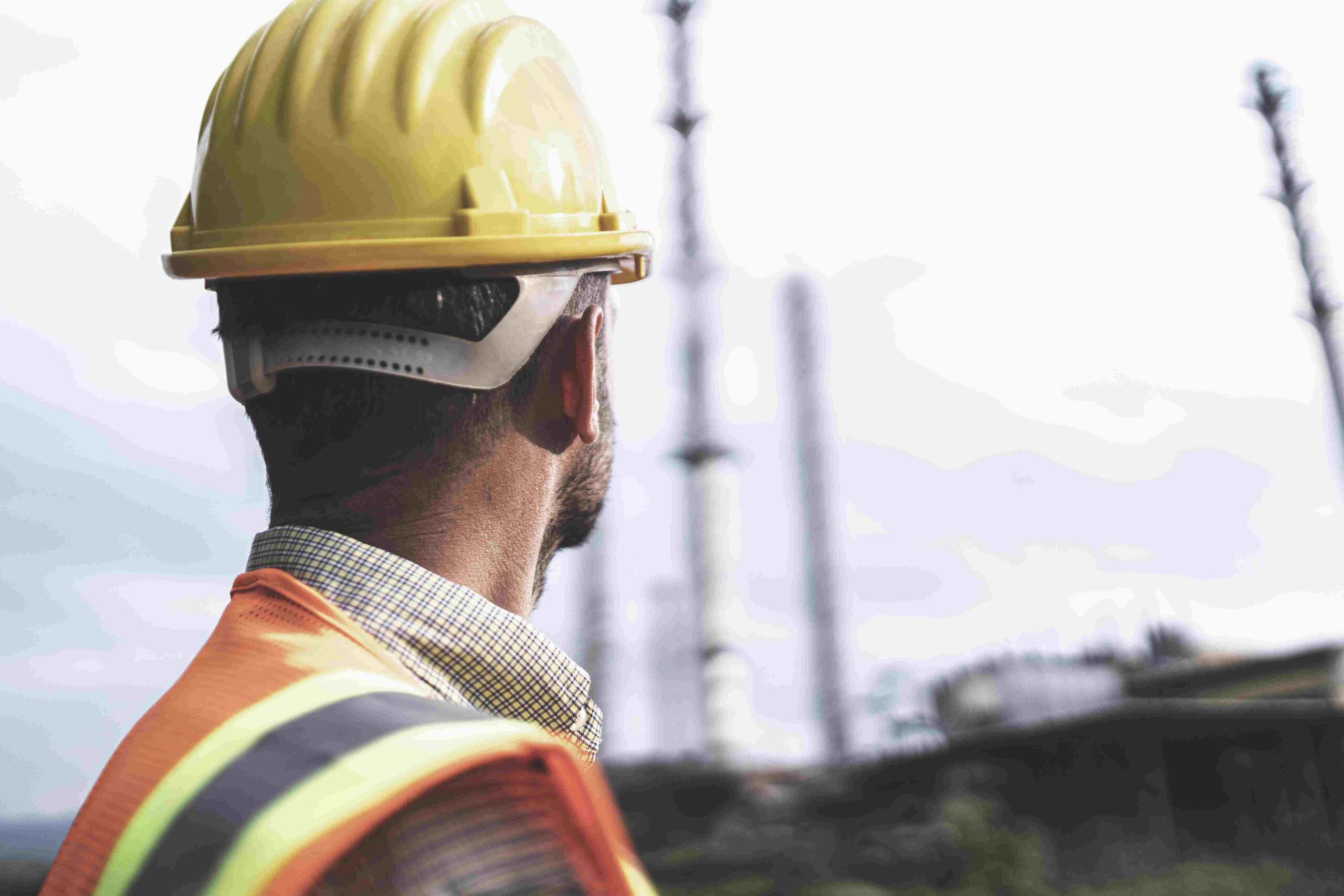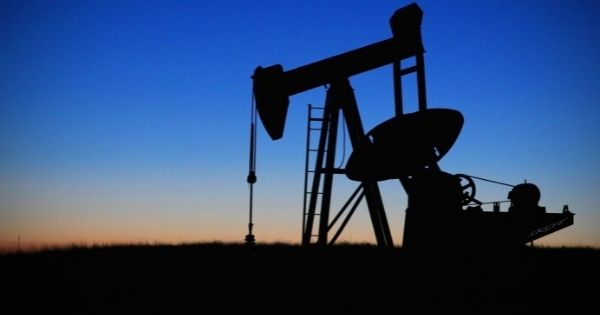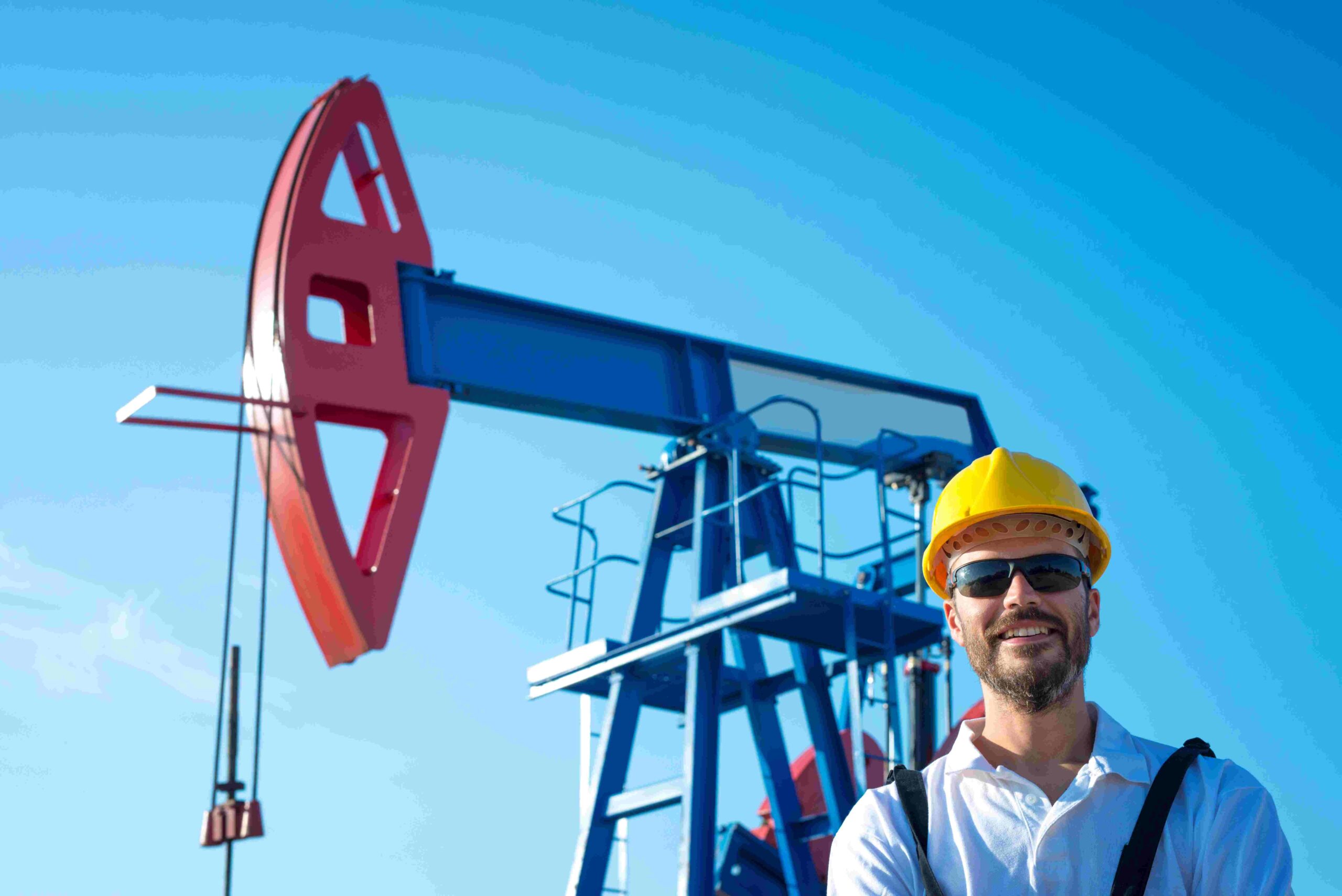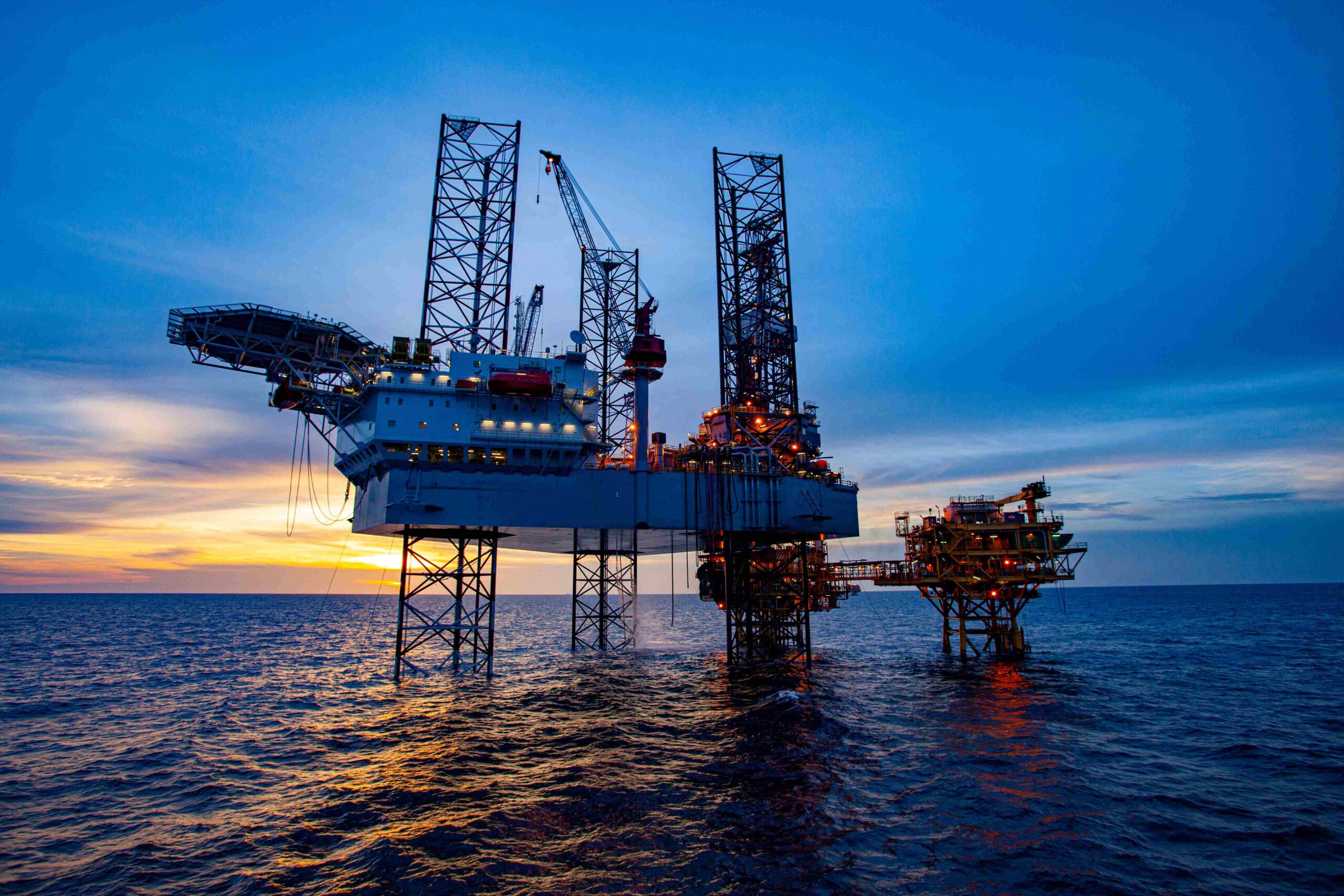PROGRAM SCHEDULE
Ref No: OG 127 Program Name: Understanding Global Downstream Operations
| Starts | Ends | Venue | Fees | Join Now |
| 06 Feb 2021 | 10 Feb 2021 | Dubai, UAE | $ 4,750 | Registration Closed |
PROGRAM DETAILS
Introduction
Exploration and production operation is similar to any chemical process enforced by human beings to achieve continuous large- scale production of any desired matter.
A dynamic – ever moving, ever changing process will encounter many unexpected situations or combinations of activities that may arise and disrupt the smooth and continuous normal operation.
For example:
- Tank level increases uncontrollably
- A pump stops pumping
- Temperature of a fluid in the process starts to rise.
These are referred to as “problems” in general. “A problem is some thing that disrupts normal course” like
- A health problem is the one that disrupts functioning of body.
- A Plant problem is the one that disrupts production.
- A mathematical problem is the one that disrupts understanding or comprehension.
Therefore, a problem is an unexpected disruption and all problems do have solution.
Any problem without solution cannot be a problem!
Learning Objectives
- focus on how to become a ‘Top Gun’ Trouble-shooter
- develop a structured approach to Troubleshooting and Problem Solving which uses a common terminology and shared understanding
- point the way to Continuous Improvement in the way you run your processes and make incremental efficiency gains
- understand the difference between having a techniques manual on the bookshelf – and actually making it work
- identify the “motivated” people who should be the champions of Troubleshooting and Problem Solving – and who should just follow
- understand work practices which “allow” success in Troubleshooting and Problem Solving
On completion this course the participant will learn
- Process operations Terminology
- Operational Problems related to instruments
- What is trouble shooting
- Systematic trouble shooting & diagnosis
- Flow charts
- Implementation
- Trouble Shooting Example
- Cross functional and Team working
- Introduction to the Theory of Inventive Problem Solving
- Auditing your process to a dynamic standard
- Effect of Maintenance/Operations strategy
- Development of Standards and Key Performance Indicators
- Life Cycle Costing, Design for Operation, Design for Maintenance
Training methodology
The seminar will use a range of interactive activities – group and individual exercises, case studies and discussions. There will also be formal inputs of theory and practical models. The programme is geared towards effective application of what has been learned in order to maximize the value of the seminar to both the individual delegate and his/her organization.
Programme Content
Day 1:
- Separators (to separate oil from gas and water)
- Heaters (to break emulsion),
- Meters,
- Desalters (if crude is salty),
- Test separator,
- Pumps,
- Storage or surge tank (heated if crude is too viscous @ low temperature)
Day 2:
Types of separators (by function):
- Production separators: To separate a combined liquid & gas streams into components free from each other
- Gas scrubbers: To separate streams with high GLR
- Knock out:
- Free water knock-out: To remove free water from HC stream
- Total liquid knock-out: To remove liquid from HP gas
- Flash chamber: To separate LP liquid flashed from a primary separator.
- Expansion vessel: To separate liquid by gas expansion for a cold separation application
- Filter (dust scrubber): To remove undesirable particles (solids) from gas stream
- Metering separator: For metering operations (no. of drums of calibrated volumes) or as test separator
Day 3:
Separator Operation & Troubleshooting
Potential Operating Problems with Oil Separators
Instrumentation & Control
Pressure Relief System
- Important safety devices to ensure that pipes, vessels, valves, fittings, etc can never be subjected to pressure higher than their design pressures
- Should be designed to:
- Open rapidly
- Open fully
- Adequately sized to handle required fluid volume
- Required to open in case of:
- Operational upsets
- Pressure, temperature & level switches fail to operate
Day 4:
Oil Treatment, Storage & Transportation
- Factors effecting oil treatment:
- Emulsion tightness
- Water and oil SG
- Corrosiveness of oil & water
- Water scaling tendency
- BS&W
- Paraffin
- Operating Pressure
Sales specification
- Is improved with:
- Larger water droplet size
- Larger difference between water and oil viscosity
- Higher temperature to lower oil viscosity (for heavy crude)
Day 5:
- Types of Treaters
- Vertical treater
- Horizontal treater
- Electrostatic Treater
- Dehydration of Crude Oil
- Crude Oil Desalters
- Crude Oil Sweetener
- Produced Water Treatment
- Water Disposal
- Oil Tank Types





